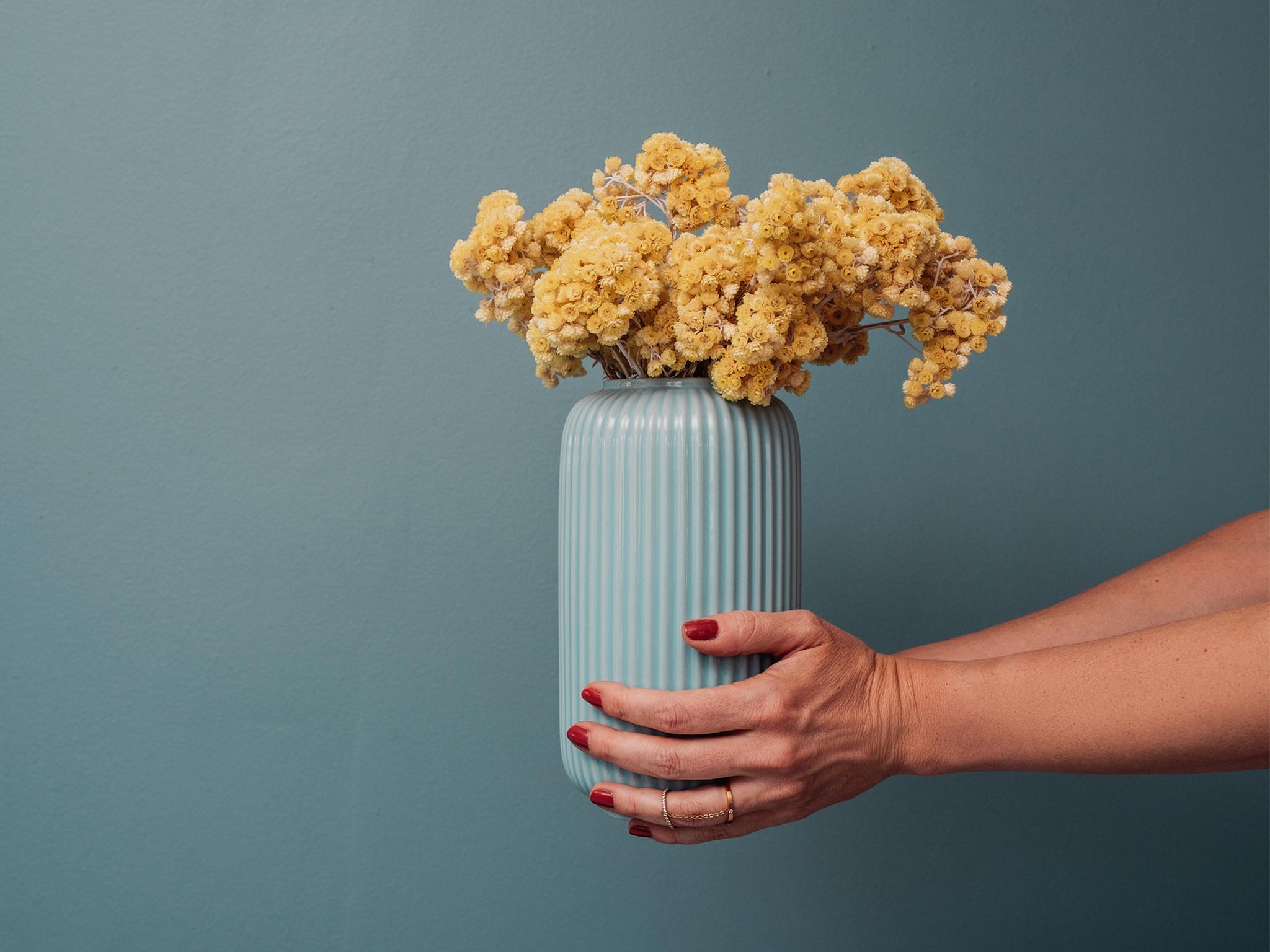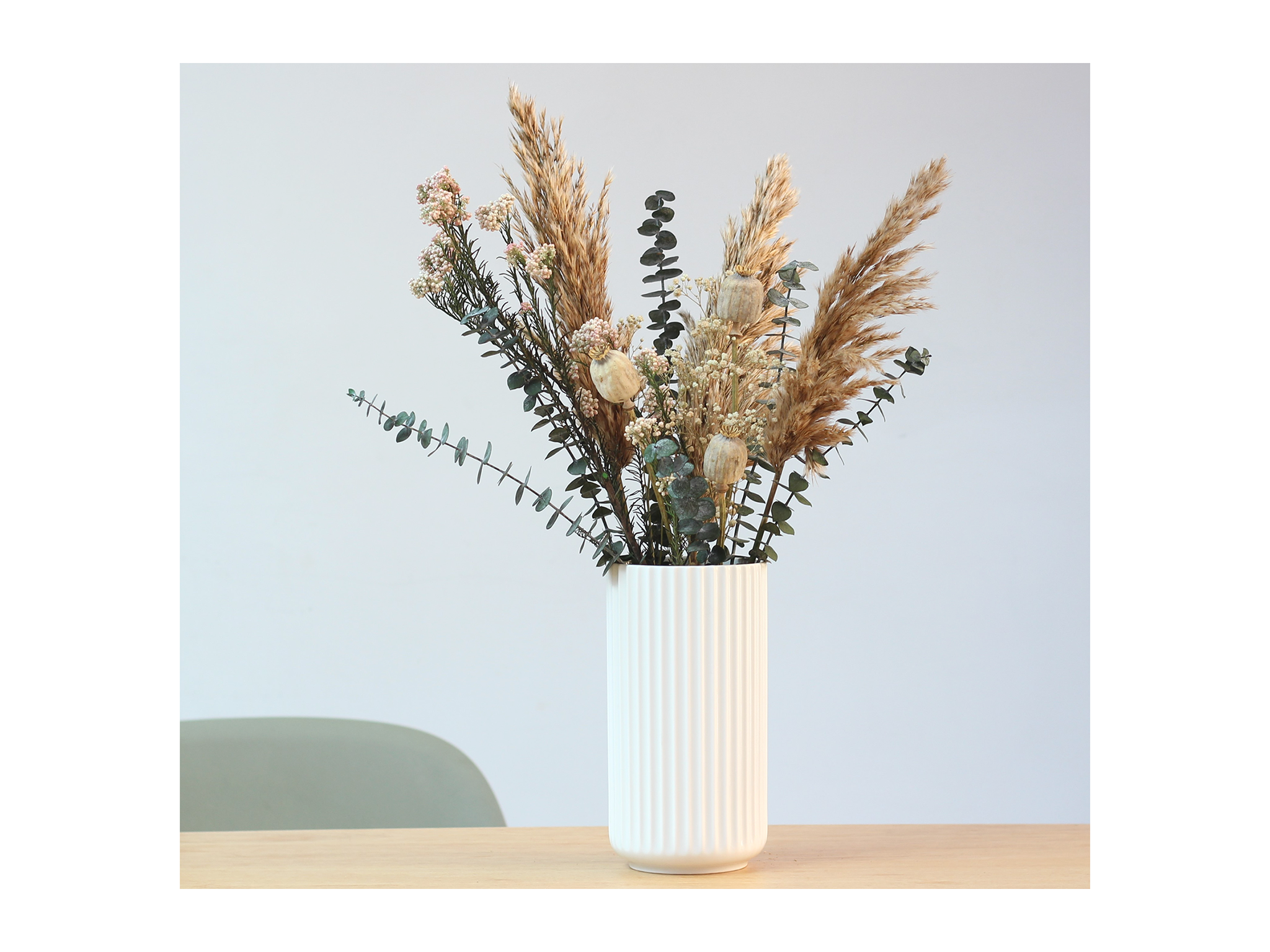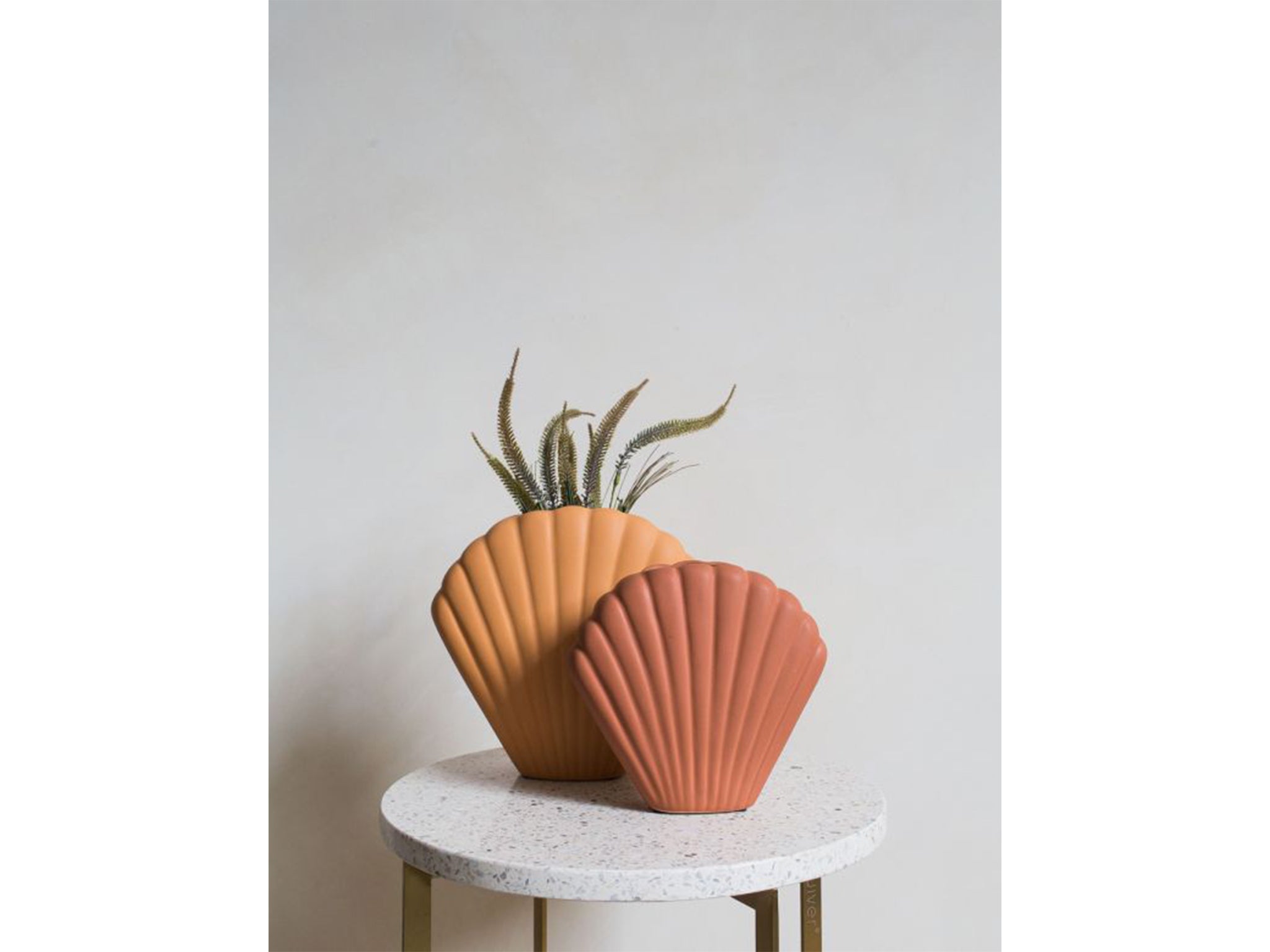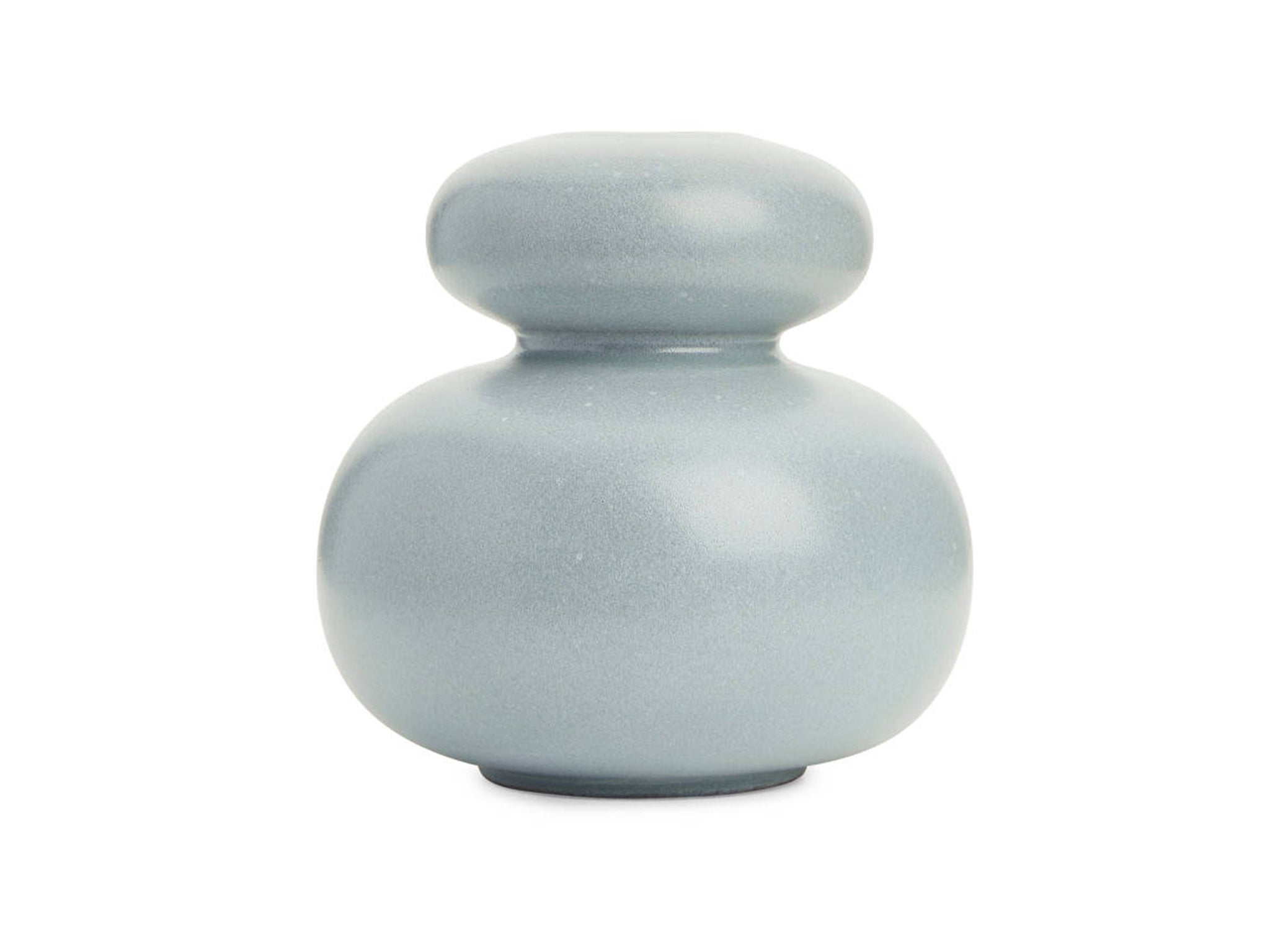The Independent's journalism is supported by our readers. When you purchase through links on our site, we may earn commission. Why trust us?
British Flowers Week: How to dry your own blooms at home
It's the interiors trend all over your Instagram feed that's more eco-friendly than fresh blooms, but gives the same effect. Here is everything you need to know about doing it yourself

Your support helps us to tell the story
From reproductive rights to climate change to Big Tech, The Independent is on the ground when the story is developing. Whether it's investigating the financials of Elon Musk's pro-Trump PAC or producing our latest documentary, 'The A Word', which shines a light on the American women fighting for reproductive rights, we know how important it is to parse out the facts from the messaging.
At such a critical moment in US history, we need reporters on the ground. Your donation allows us to keep sending journalists to speak to both sides of the story.
The Independent is trusted by Americans across the entire political spectrum. And unlike many other quality news outlets, we choose not to lock Americans out of our reporting and analysis with paywalls. We believe quality journalism should be available to everyone, paid for by those who can afford it.
Your support makes all the difference.If you’ve got a bunch of blooms at home, enjoy them for a lot longer by drying them yourself at home.
Dried flowers are trending in interiors – Etsy UK has reported a 93 per cent increase in searches for dried flowers in the past six months.
They’re biodegradable, add extra life to wilting blooms and are easy to look after, too.
The only two key things you need to remember with you dried flowers are: keep them away from direct sunlight and don’t put them in water. You'd be surprised how many forget the latter...
While there are many online florists you can buy pre-made dried flowers from – and we’ve already put them to the test in our IndyBest review – we think now that weekends are quieter, it's the perfect time to learn a new skill by giving it a go yourself.
And the best bit is you'll be able to enjoy the fruits of your labour for a couple of years to come, at least.
You can trust our independent round-ups. We may earn commission from some of the retailers, but we never allow this to influence selections. This revenue helps us to fund journalism across The Independent.
How do you dry flowers?
Jess Runciman, founder of dried flower company Fluoresse, explains that the easiest way to dry flowers is to remove them from water, strip them of any foliage that’s been below the waterline and hang them upside down.
“You need to take them out of the water just as they are hitting their best, so you’ll get to enjoy them for longer,” she says.
According to Runciman, if you remove them from water too late the petals will start to drop and they could have started to decompose already.

It’s important to hang them upside down, as this ensures the flower heads won’t droop and the stems will dry straight.
“Tie a string around the ends and hang them upside down somewhere dark, dry and that isn't too cold or hot in temperature – like an airing cupboard, for example,” says Runciman.
Her extra tip is to use an elastic band to tie the bunch together. "Some stems will shrink as they dry, so could slip out if tied loosely with string."
You’ll know when they’re done when they’re lighter in weight and brittle to touch and as Runciman explains, the colour may fade slightly but that’s part of their charm.
Which flowers work best?
For flowers that will be easily available and dry well, Runciman recommends limonium (also known as sea lavender), roses, gypsophila and eryngium thistle.
“If you're lucky enough to have wild grass in your garden, like panicum or miscanthus, these are stunning and will add a lighter delicate element,” she says.
If you prefer to decorate with more greenery than flowers, Katherine Whitchurch, founder of dried flower company Shida, suggests using eucalyptus. “There are many varieties to choose from, including the long-leaved nicholii and the ever-popular cinerea,” she says.
How long does it take?
Put simply, it depends on what flowers you’re using and how delicate or how much moisture it has.
“On average it will take two to three weeks, particularly for larger blooms like roses and dahlias which hold more moisture in their heads, stems and petals,” says Runciman.
Greenery like eucalyptus, gypsophila and grasses will take just a week.
How should you display them?
Once you’ve curated a bunch using your flowers, you want to make them look as good as possible.

Whitchurch recommends making them a standout feature in a room by using an opaque vase that will make the flowers the focal point and not the stems.
“Use sharp scissors or garden shears to cut your stems to the height you need as you arrange them. Then, arrange the strong stemmed foliage in the vase, creating the structure and shape of your arrangement.”

She suggests taking the opportunity to get creative with how you group your flowers together and experiment with different heights and position of focal blooms.
We love this ceramic shell vase (Rose & Grey, £22) that will add a bit of aquatic-themed inspiration to a windowsill or mantelpiece, and the small opening will allow stems to stay standing up straight.
Or the blue sculptural terracotta vase (Arket, £19) that’s made from glazed terracotta. This is a showstopper on its own and will make a beautiful centrepiece while you’re waiting for your flowers to dry out.
This recycled glass vase (£12.99, Zara) is semi-transparent so you can fill it with stones to help keep stems upright, while still being able to enjoy the smaller details of your dried flowers too.
How long will they last?
Ages. We’re talking two to three years if looked after properly.
“I always recommend keeping dry flowers out of harsh direct sunlight, away from heat sources like radiators, and to avoid humid rooms like bathrooms or kitchens,” Runciman says
She also advises giving them the occasional dust to keep them in tip-top shape.
Due to their fragility, once you’ve arranged them, leave them alone, as too much fiddling can cause them to break or drop petals.
Read our IndyBest review of dried flower bouquets and wreaths and our review of the best letterbox flowers here